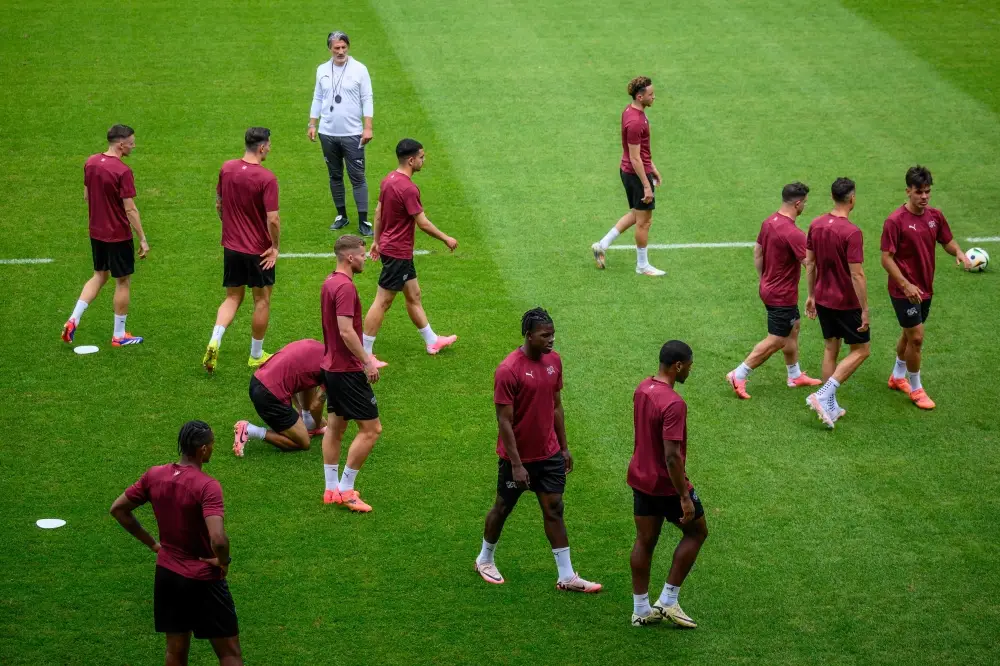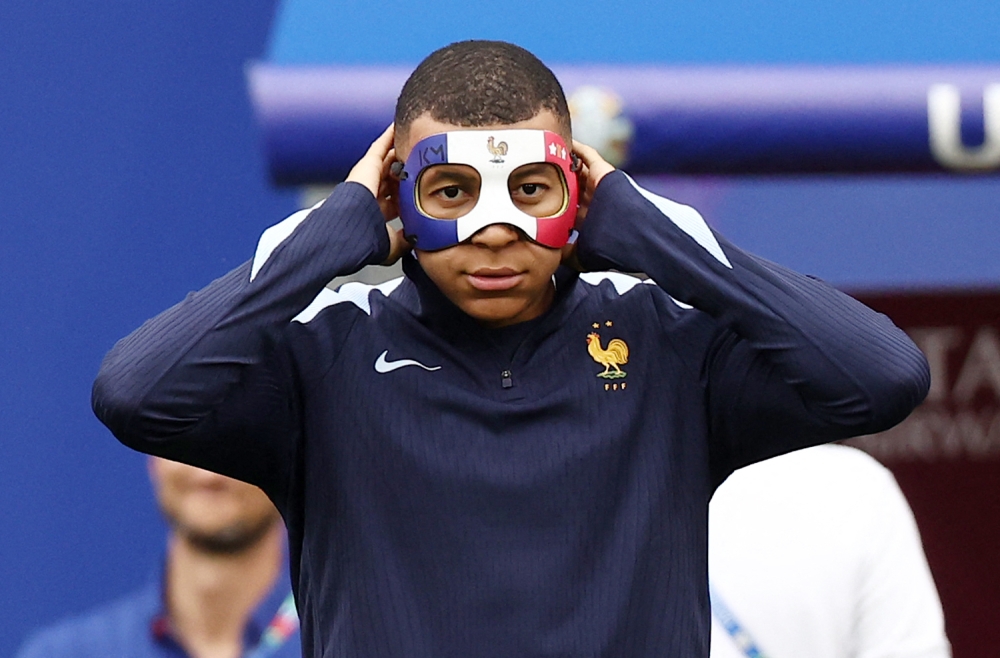[ad_1]
Accessibility and welcoming prayer spaces for women remain a universal dilemma, where they more often than not are discriminated against or excluded from the very spatial design.
In my little mosque
there is no room for me to pray.
I am turned away faithfully
five times a day.
Mohja Kahf, “Little Mosque Poems”
Syrian American author Mohja Kahf’s poem speaks to a universal experience faced by many Muslim women, including those here in Qatar, of exclusion due to their unwelcome places in the mosque.
While mosques vary, the overwhelming majority of mosques spatially exclude women from prayer and community participation through their architectural designs.
This ranges from reducing women to entering from side, sometimes, dilapidated entrances, to partitioning women’s and men’s spaces and preventing women’s view of, or access to, the imam – simply because they are women.
Women are further disfavoured by the limited funds spent on maintaining women’s spaces, including bathrooms, entrances, and the prayer hall itself. Besides limited space, women’s sections are restricted by the inclusion of children, who mosque architects and leaders conveniently overlook when designating women’s spaces.
This Ramadan was the first since COVID lockdowns were eased, and, having experienced difficulty accessing mosque spaces in the past, I was excited to find a neighbourhood mosque with a moderately sized women’s space.
Yes, I prayed in the women’s section on the second-floor balcony and there was a barrier limiting my access to the imam; but, for the first time in a long time, I felt like I could breathe in the women’s space.
I wasn’t forced to pray in a tight space where I felt religiously monitored by others. By the last ten days of Ramadan, I had decided that this would be the mosque I would perform Eid prayers at. Little did I know.
Second-class citizens in the mosque
Eid prayers in this mosque, like in many others, were held outside in an “open space”. This “open space” was walled in, with a large section for men and an almost prison-cell-like section for women.
By the time I had arrived to find a spot to sit, I found the tiny women’s prayer “cell” overloaded with women and children. Not only was this a COVID hazard, but how were these women able to breathe without suffocating?
I ended up joining other women in praying inside the mosque, in the tiny women’s section of the mosque’s ground floor. What was my problem in finding a space where I was not cramped in a cell with women and children, one may wonder?
The external speakers outside were not connected to the mosque’s speakers, and so I, along with other women, was unable to see or hear the Eid prayers. We were reduced to praying based on guessing which prayer movement the imam was in, as we could barely make out what he was saying and we could not see him.
After prayers, we stood outside to hear the Eid sermon, which, interestingly enough, was about the importance and centrality of women in Islam.
Before focusing on the general topic of women’s roles in Islam, what about the women praying as part of this congregation? How can we argue that they are important in Islam when they are continuously not treated as such, and are, instead, reduced to praying in cell-like spaces?
Mothers denied entry to mosques
In Qatar, some mosques do not even have women’s spaces.
Where they do exist, they are often small, and, in most, it is difficult to see the imam due to physical barriers or balconies separating men’s and women’s spaces. Unfortunately, I don’t feel encouraged to pray in mosques here, except during important religious prayers like taraweeh or Eid morning prayers.
Policing is another issue women face in mosque spaces, both inside and outside of Qatar. While this often takes shape in policing how modest clothing is, policing also extends to religious rituals. Here, I’ve seen and faced instances where mosque officials, and mosque attendees, “advise” someone to pray the sunna, (additional prayers), refuse entry to women on their period (based on individual understandings of Islam), and refuse entry to mothers.
The latter is a specific example of policing where women are refused entry, not only to the prayer space but to the mosque itself, because they are accompanied by their children.
Especially during Ramadan, this refusal prevents women from taking part in religious and spiritual rituals, and it undermines their position as members of the Muslim community.
Mothers desiring to pray at the mosque- seeking greater reward, spirituality and a sense of community, are often forced to find caregivers, who may be expensive, or might be other women, themselves giving up their opportunities to pray at the mosque. Thus the simple act of praying to God becomes complicated, difficult and painful.
In denying access to women with children, mosque officials not only aid in further distancing women from the mosque, they distance them from the community and could be contributing to distancing these women from the faith itself.
Does the faith truly prevent women mosque-access?
Some Muslims may argue that many of the restrictions and behaviours listed above are valid, based on a commonly cited hadith (Prophetic report) which designates the home as the best place for a woman’s prayer. Yet, Muslims cite that hadith without recognising the changes in Muslim communities – as mosque attendance offers spiritual and communal support, and without acknowledging that the Prophet Muhammad never banned women from attending the mosque.
As Rumaysa points out in her great response to Muslims who cite that hadith, the Prophet forbade preventing women from the mosque. The argument that the best place for a woman to pray is at home is, thus, not a valid reason to discriminate against women through the mosque. This kind of exclusion actually distances women from their faith, making mandatory religious practices, like prayer, difficult and painful.
In writing this, I conclude on a hopeful note, that while there is an ongoing practice of excluding women in the mosque, many mosque officials and congregants do implement reforms to women’s prayer spaces and truly welcome women to the mosque.
But, they can only do this by including women in leadership and management roles, because the needs of each mosque and its attendees vary, and true sustainable inclusivity requires that women’s voices are freely and safely expressed, heard and implemented.
Sara Abdelghany is a Muslim American researcher living in Qatar.
The views and opinions expressed in this article are those of the authors and do not necessarily reflect the official policy or position of Doha News, its editorial board or staff.
[ad_2]
Source link

















Leave a Reply